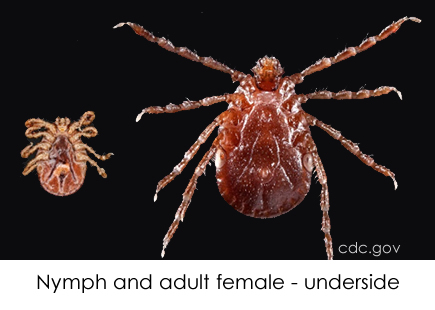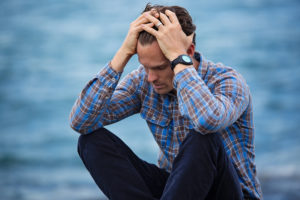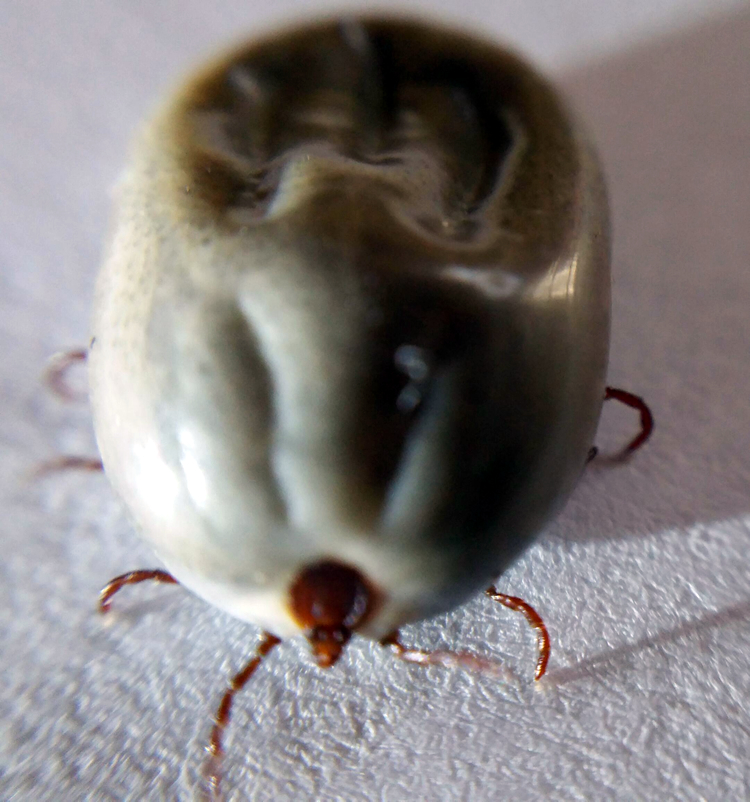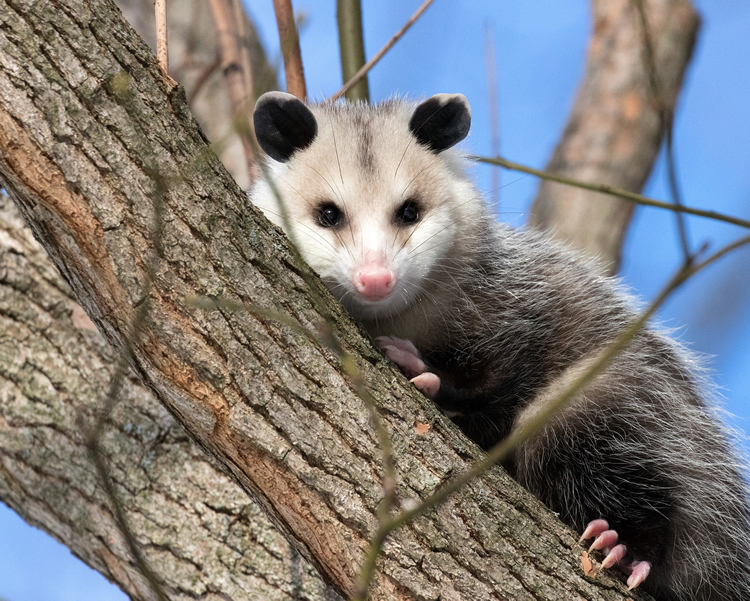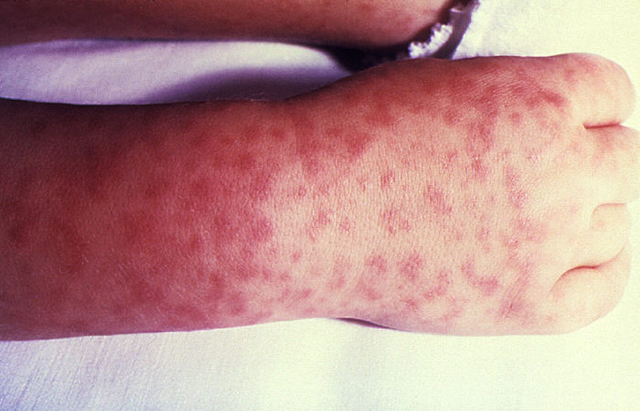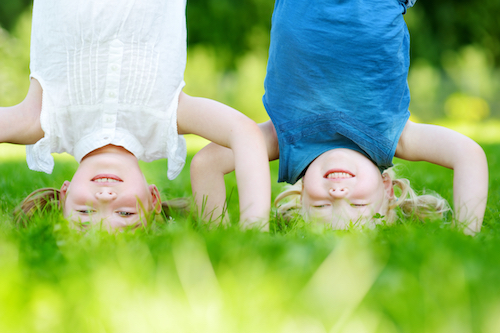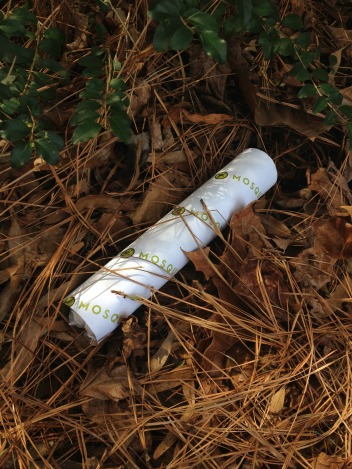Central Mass ticks and tick-borne illnesses are a hot topic. Between dog ticks, black-legged ticks, and deer ticks, we have enough to worry about with regard to tick-borne diseases. This monster tick will make you glad that you live in Central MA!
The Hyalomma tick is said to have originated in Iran or the southern part of the former Soviet Union, and it’s making its way throughout parts of Europe, which have not before seen it. Two Hylomma ticks have recently been identified in the Netherlands. I call it a monster tick for a few reasons.

Reason #1 the Hyalomma tick is a monster
The size of the Hyalomma tick is literally monster-size! This thirsty blood-sucker is about twice the size of more common ticks in the Netherlands – measuring 1/5″ until it feeds, at which time it measures over 1/2″. We have discussed some nymph ticks that are native to our area, which are about the size of a poppy seed. Can you imagine encountering this big guy?
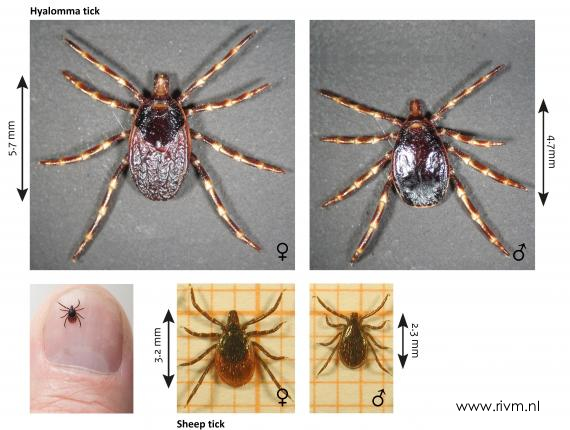
The second reason I call this tick a monster
Since the Hyalomma tick is native to regions with harsh-desert environmental conditions with few hosts available on which to feed, it has adapted in a truly unusual way. This monster tick will literally chase its host to get its blood meal!
Found in woodlands, dunes, gardens, and meadows, Hyalomma ticks sense body heat, vibrations, or scents of hosts when nearby, and run towards the host to feed on their blood. It is said that they will stalk their hosts for up to 10 minutes, and travel hundreds of feet.
The third reason these ticks are monsters
As with our Central MA native ticks, the Hyalomma tick is a disease carrier and spreader. Most commonly, they spread spotted fever to humans and Equine Piroplasmosis (EP) to horses. Though, they have tested negative for Crimean-Congo hemorrhagic fever, common to agricultural workers in eastern Eurpoe, the Mediterranean, parts of Asia, Africa, and the Middle East.
Protect your family from Central Mass ticks and the diseases they carry with effective tick control measures
While we have not yet be invaded by the monster Hyalomma tick, the ticks that are commonly found here in Central Mass are still monstrous in their own rights. They threaten the health of our families with nasty tick-borne illnesses, such as Lyme disease, Rocky Mountain spotted fever, and Babesiosis. As always, your best bet at protection is with total professional Central Mass tick control.
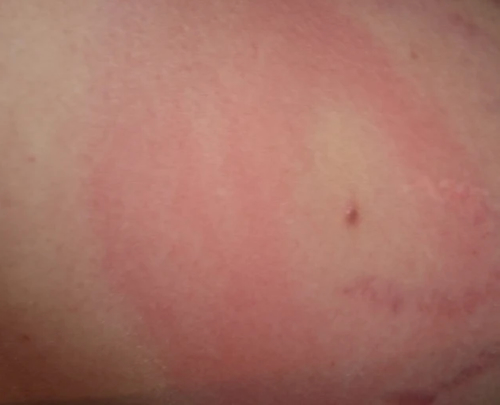

 As we all know
As we all know 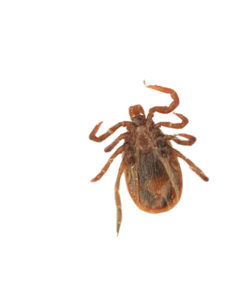

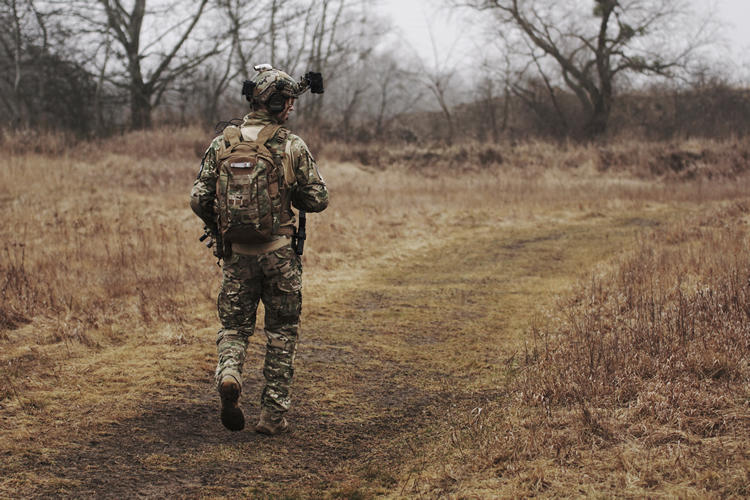


 What’s so scary about the
What’s so scary about the 
